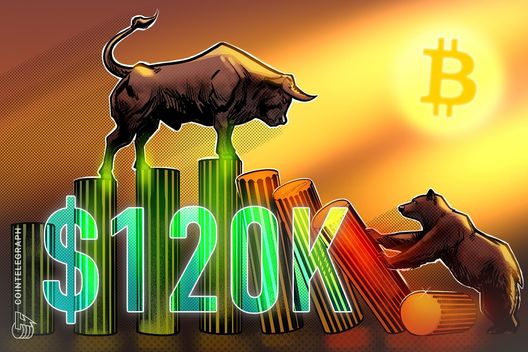Federal Reserve Chair Jerome Powell said Tuesday that early government data before the recent shutdown showed the U.S. economy running hotter than policymakers expected, warning that growth remains firm even as the central bank inches toward ending its balance-sheet reductions and considers more rate cuts.
Speaking in Philadelphia at the National Association for Business Economics conference, Powell made it clear the Fed is nearing its target for “ample” bank reserves and hinted that the tightening cycle could soon pause. The remarks came as investors weigh how far the Fed can go before risking job losses while keeping inflation in check.
“Our long-stated plan is to stop balance-sheet runoff when reserves are somewhat above the level we judge consistent with ample reserve conditions,” Powell said. “We may approach that point in coming months, and we are closely monitoring a wide range of indicators to inform this decision.” He said the central bank hasn’t set a date but noted that liquidity measures suggest the end of balance-sheet reduction is close.
Powell edges closer to ending balance-sheet reduction
Powell spent much of his speech detailing how the Fed’s bond holdings—over $6 trillion in Treasurys and mortgage-backed securities—have fallen since mid-2022, when officials began allowing assets to mature without reinvestment. He said signs of tightening liquidity were emerging, meaning further runoff could slow lending or weigh on growth. “Some signs have begun to emerge that liquidity conditions are gradually tightening,” he said, adding that cutting reserves too deeply “would hinder growth.”
The Fed’s portfolio ballooned to almost $9 trillion during the pandemic as it bought bonds to stabilize markets. Powell said the Fed won’t return to its pre-COVID balance-sheet size of about $4 trillion but will likely stop once reserves stay comfortably above the “ample” mark. He also addressed political pressure over the Fed’s decision to pay interest on reserves held by banks—a move critics like Senator Ted Cruz have attacked. “While our net interest income has temporarily been negative due to the rapid rise in policy rates to control inflation, this is highly unusual,” Powell said. “If our ability to pay interest on reserves and other liabilities were eliminated, the Fed would lose control over rates.”
The Fed normally sends profits from its securities holdings to the Treasury, but rapid rate increases turned those transfers negative. Powell said that situation will correct as policy normalizes. He emphasized that paying interest on reserves is necessary to manage short-term rates and maintain policy control.
Powell signals possible rate cuts amid softer job data
Turning to rates, Powell said officials are weighing two risks: moving too fast and leaving inflation unfinished, or moving too slow and causing “unnecessary losses” in the job market. He said post-July data showed the labor market had “softened pretty considerably,” suggesting the two risks are now closer in balance.
The Federal Open Market Committee already lowered the federal funds rate by 0.25 percentage points in September. Markets expect two more cuts this year, but Powell avoided confirming that outlook. “There is no risk-free path for policy as we navigate the tension between our employment and inflation goals,” he said.
Powell pointed out that:- “While the unemployment rate remained low through August, payroll gains have slowed sharply, likely in part due to a decline in labor force growth due to lower immigration and labor force participation. In this less dynamic and somewhat softer labor market, the downside risks to employment appear to have risen.”
Powell also believes the current government shutdown complicated the Fed’s analysis by halting major economic reports like payrolls and inflation indexes. “Based on the data that we do have, it is fair to say that the outlook for employment and inflation does not appear to have changed much since our September meeting,” he said. However, he added that “data available prior to the shutdown show that growth in economic activity may be on a somewhat firmer trajectory than expected.”
The Bureau of Labor Statistics has recalled workers to prepare the next consumer price index report, expected next week. Powell added that recent increases in goods prices were mainly driven by tariffs, not renewed inflation pressures.
Join a premium crypto trading community free for 30 days - normally $100/mo.
















 English (US)
English (US)